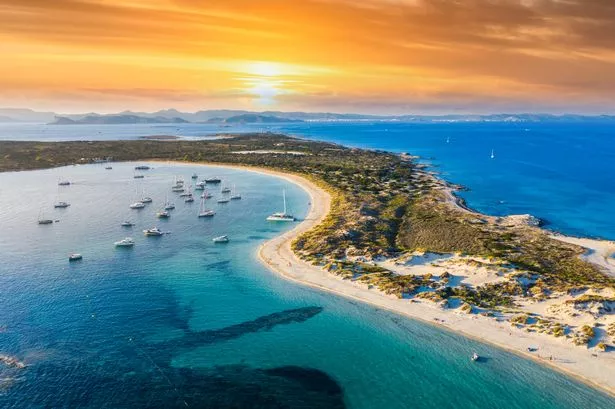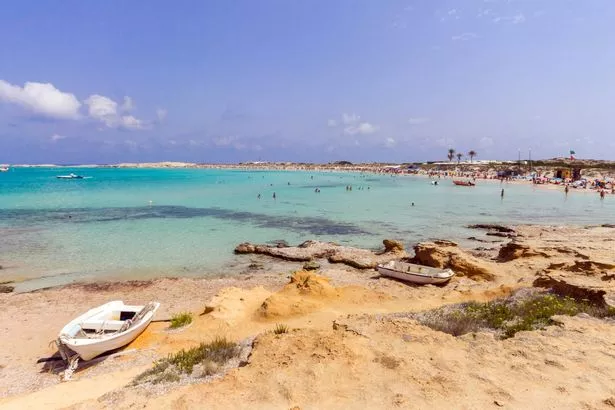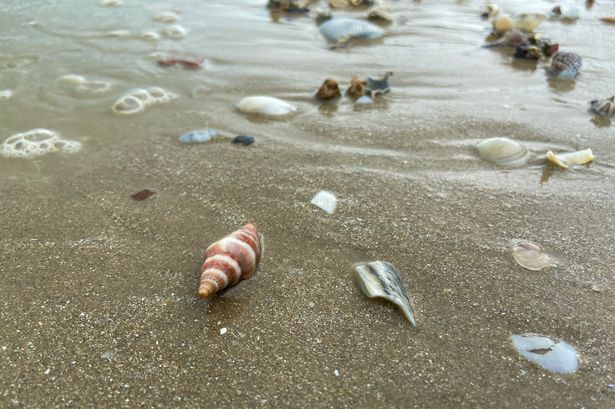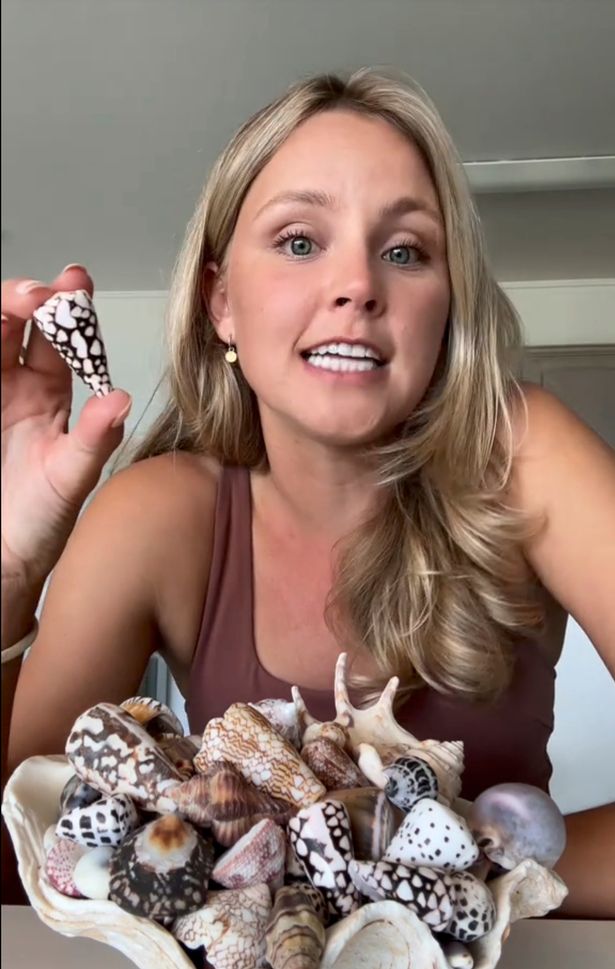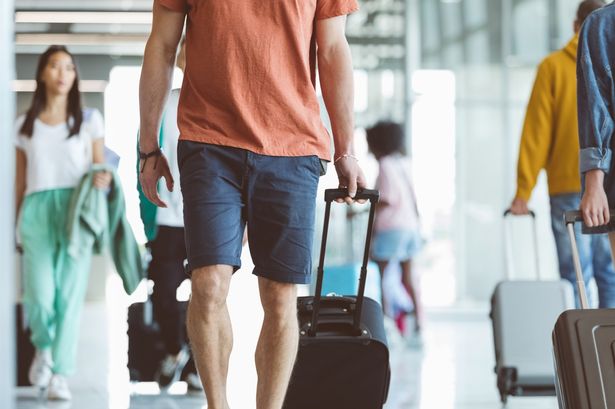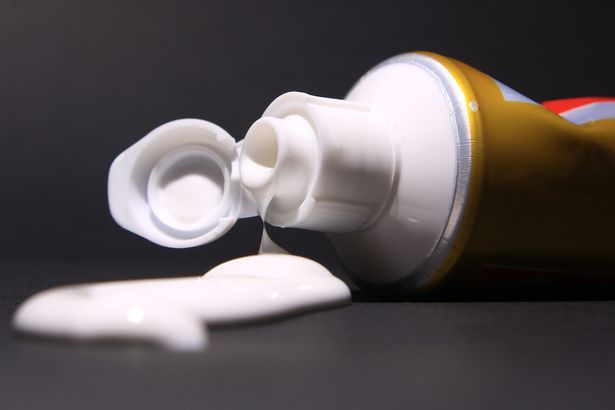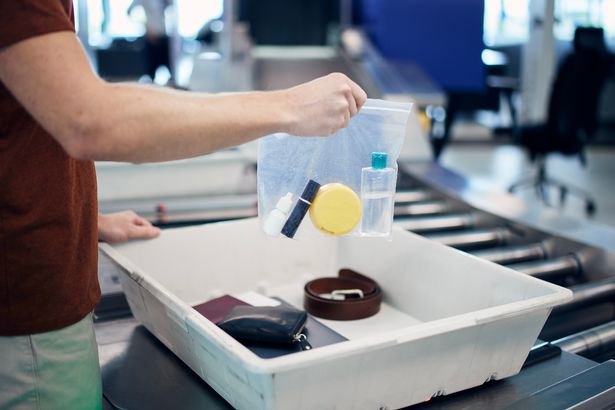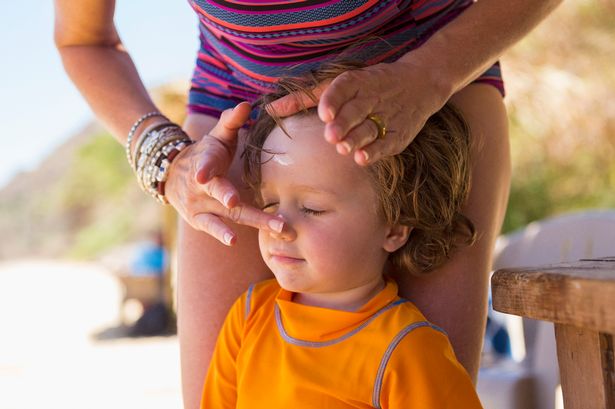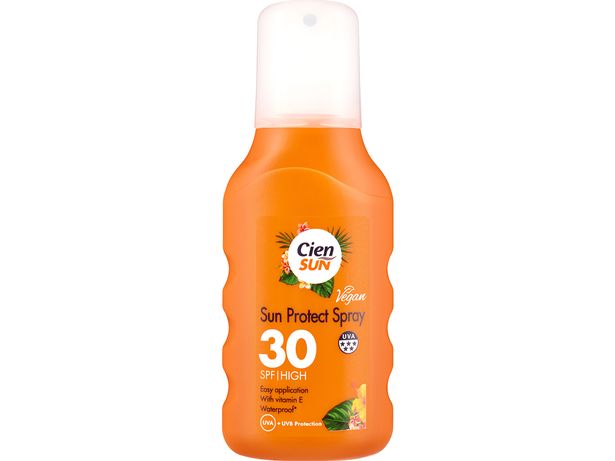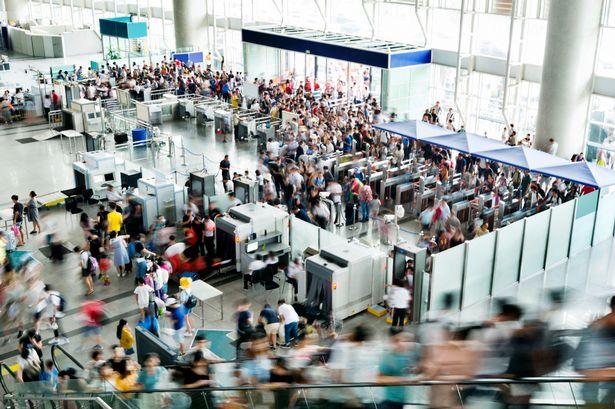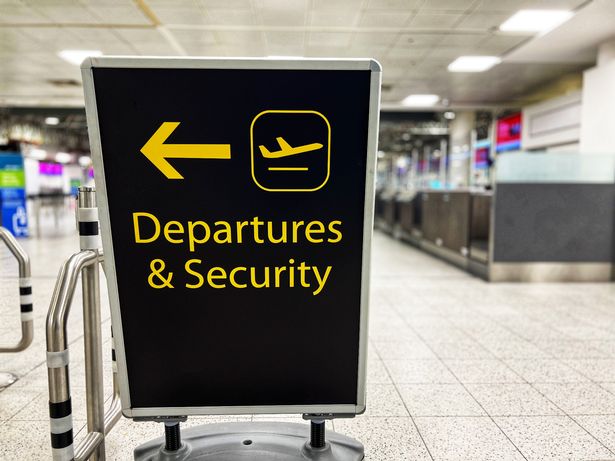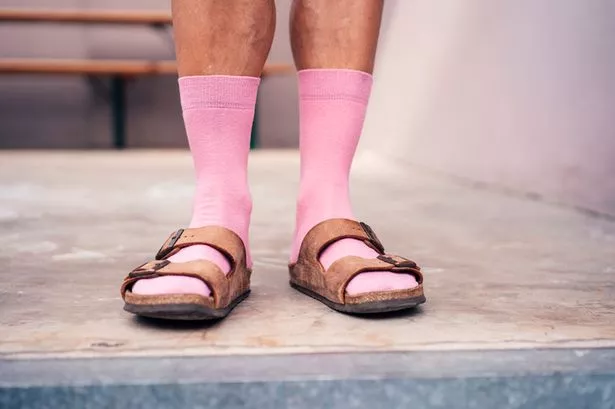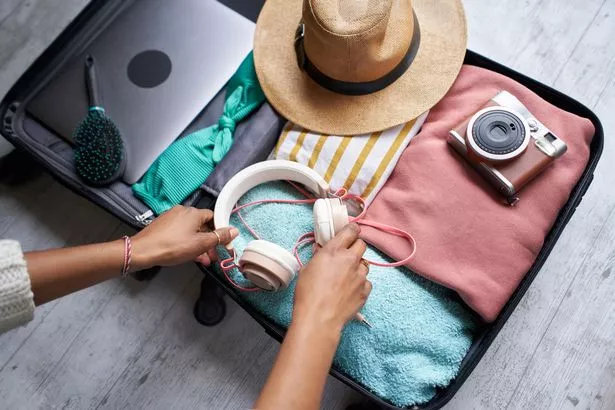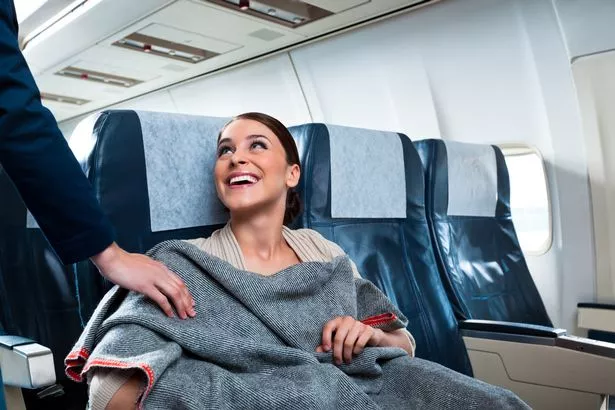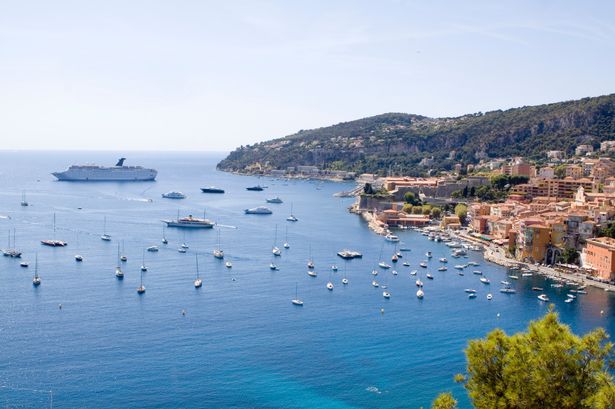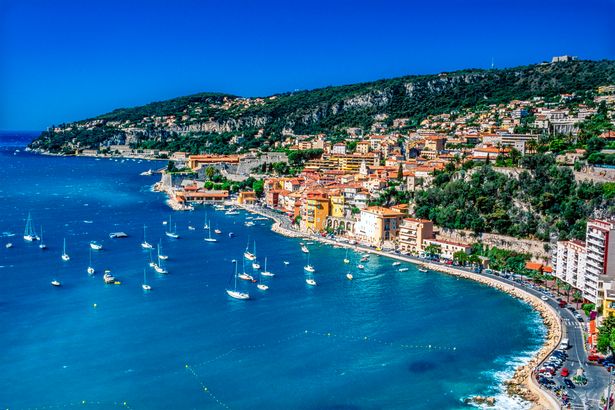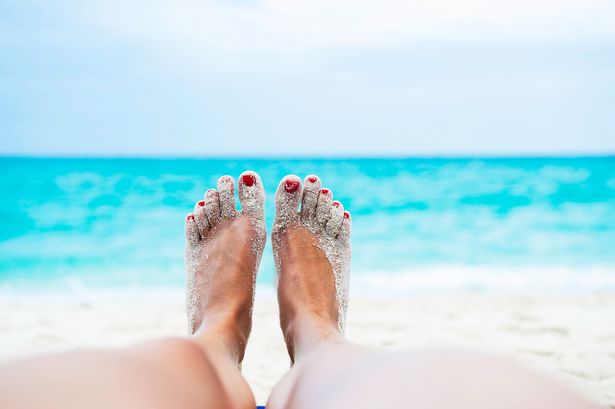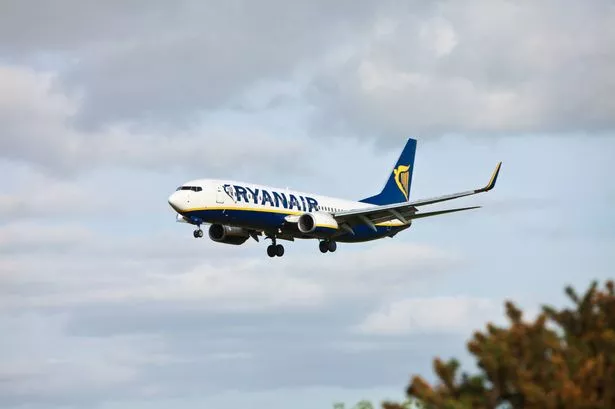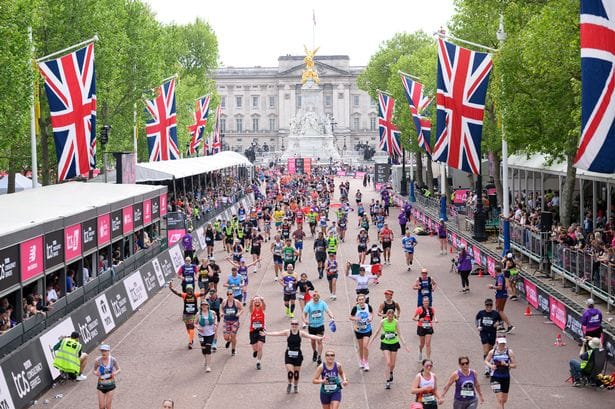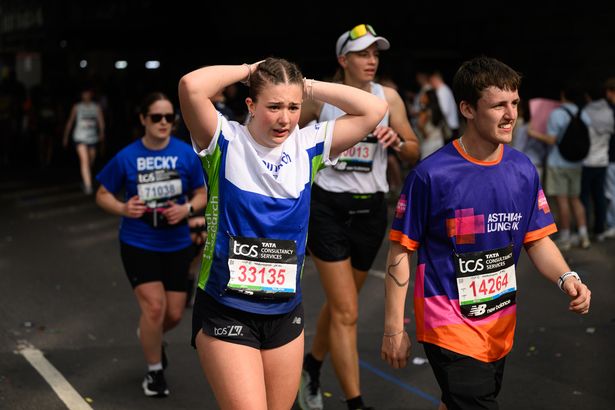As anti-tourism protests take over popular tourist hotspots this summer, those looking for somewhere a little more off the beaten path where they can avoid the crowds may want to try out this small Spanish island
If soft, sandy beaches and serenity are your idea of the perfect summer holiday, then Ibiza’s more laidback sister Formentera, could be the ideal getaway for you.
Formentera is the smallest of the Balearic Islands, but it is home to some of the most beautiful beaches in Europe, and has everything that Majorca and Ibiza has to offer – yet is much quieter.
The island is just 12 miles long and a mile-and-a-half wide at its narrowest point and there’s not much to do there apart from eat, drink and enjoy the soft sandy beaches.
You can’t fly there directly and you’ll need to fly into Ibiza to reach it, but then you’re only a half-hour boat ride away from a much more serene island – particularly in high season.
READ MORE: Beautiful UK beach with pristine sand could be anywhere in Europe
Like Ibiza, it gets busier than usual in July and August so if you’re looking for peace and quiet then the shoulder season of May to June or September to October might be better for you.
Once there you can explore beautiful beaches like Ses Illetes, Platja de Migjorn and Cala Saona and enjoy water sports like snorkelling and kayaking.
The island’s jewel in the crown is Platja Illetes, a pristine beach with white sand and turquoise waters – named one of the world’s best beaches by Lonely Planet’s Best in Travel 2025 guide.
Platja Illetes is, according to Lonely Planet, “as close a vision of the Caribbean (minus the coconut trees) as you could imagine in Europe”. The beach is part of the Ses Salines Natural Park, a protected area brimming with flora and wildlife, such as flamingos and rare birds.
What makes the island seem so serene is that it’s largely car-free, making cycling and walking the perfect ways to explore its hidden coves, rugged cliffs and quaint villages.
You can also visit the lighthouses of La Mola and Cap de Barbaria and discover charming villages like Sant Francesc Xavier as well as the stone circle at Ca Na Costa.
The island is known for its independent boutiques and artisan markets and you can buy local crafts and produce at La Mola Market.
And although the island does get busier in the summer months – it never feels as hectic as other parts of the Balearics – Formentera is home to around 11,389 residents compared to the 159,180 inhabitants of its neighbour, Ibiza.
But you can still enjoy a night out albeit at a slightly slower pace. Formentera’s nightlife adopts a more subdued tempo, with its limited yet vibrant clubs and bars designed in the spirit of Ibiza’s legendary scene, including hotspots such as Rigatoni Club Formentera and Pachacha.
Get there: Fly to Ibiza, flyevai.com can organise transfers to Formentera
READ MORE: 40p-per-day item bad sleepers say makes ‘instant difference’ to ‘help drift off’

